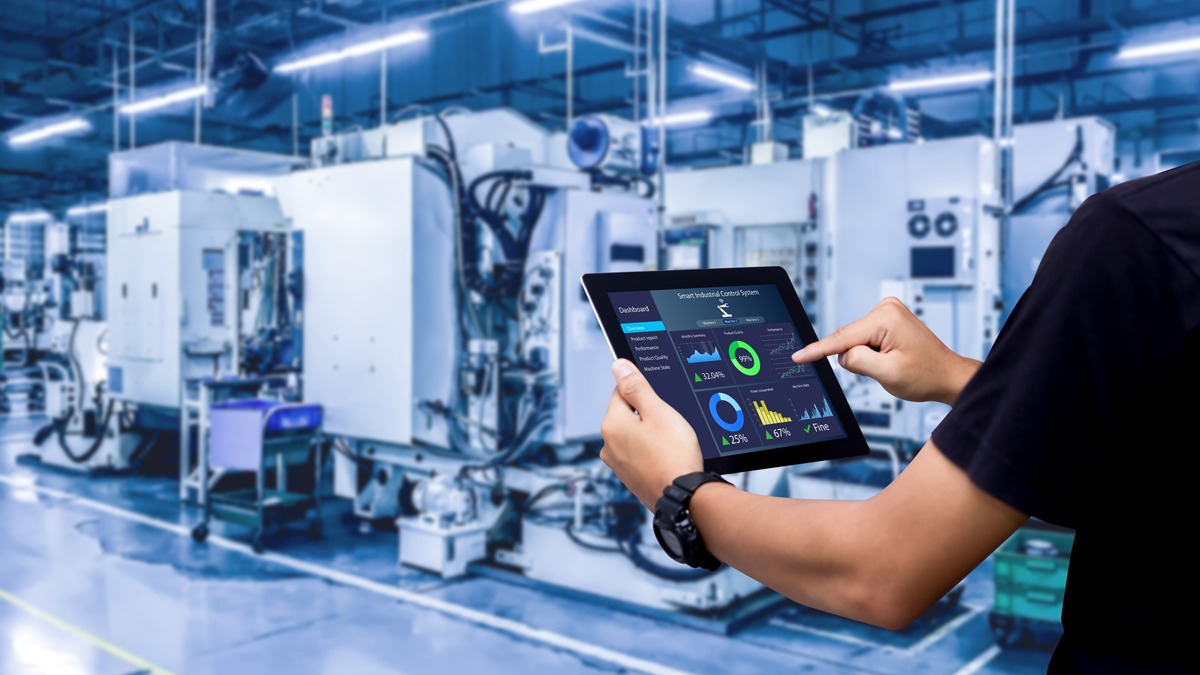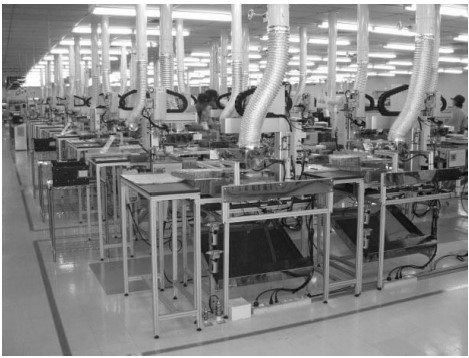Paths Taken by Businesses to Streamline Overseas Factories
China has experienced rapid economic growth. There are three main options for companies entering China to deal with this situation. Whichever path is taken, the key is the automation of production processes through the introduction of robots
China, the “workshop of the world”, has reached a turning point

Since around 1980, China has been pursuing a policy of economic openness and has actively welcomed foreign companies and factories in order to bring in capital and new technologies. By taking advantage of cheap and abundant labor and vast land, China has become known as the the “workshop of the world” of the 21st century.
However, modern China is facing a turning point due to its rapid economic growth. With labor costs soaring and the mobility of human resources increasing due to improvements in production technology and worker levels, it is becoming increasingly difficult to secure excellent human resources. Companies that have expanded into China are faced with the decision of how to respond to these circumstances.
Options for Companies Entering China
(1) Stay in China

One of the options for companies entering the Chinese market is to “stay in China and realize high quality and high productivity production lines”. However, the rising cost of labor is a serious concern. To survive in China, many companies are shifting to more profitable models by automating existing processes to produce higher-end models with more added value while reducing labor costs.
(2) Overseas relocation

One option for companies expanding into China is to “relocate to a country or region with even lower labor costs,” such as Southeast Asia, Bangladesh, or Myanmar. Although this can temporarily secure inexpensive labor, it is necessary to build from scratch the level of education and quality stabilization that has been accumulated in China. Therefore, in new countries and regions, there is a tendency to automate production lines from the beginning.
(3) Return to domestic

For companies expanding into China, one option would be to “return to Japan. Japan has the advantage of easy access to high-quality materials and components and a well-developed infrastructure. On the other hand, high labor and material costs can be a bottleneck. If this option is chosen, it is assumed that the operation will be fully automated from start-up, unmanned or with a small number of workers, and operating 24 hours a day. Automation during the return to the domestic market is a trend seen not only in Japan but also in North America.
High-quality products realized by humans and robots

Regardless of which of the three ways a company chooses, the key is to automate the production process through the introduction of robots. For example, an EMS (Electronics Manufacturing Service) factory in China, which used to employ several hundred workers in hand soldering, after installing desktop robots it achieved a yield rate of over 99% and a 50% cost reduction.
In addition, an in-vehicle manufacturer that has chosen to manufacture in Japan has introduced state-of-the-art UNIVERSE S soldering robots to reduce the mounting process from approximately 150 seconds to approximately 55 seconds, about one-third of the time it used to take. In addition, the factory has achieved an almost 100% yield rate and reduced its machine footprint at the same time.
If you would like to learn more about the current state of automobiles, which are becoming more and more electronic, issues specific to the automotive industry, and how “UNIVERSE S” works, please click here to download the PDF file.

 日本語
日本語 中文
中文 Deutsch
Deutsch Español
Español